Menu
Kimchi at Risk: Climate Change Threatens South Korea’s Beloved Cabbage Dish
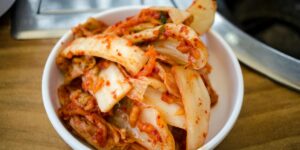
GANGNEUNG, SOUTH KOREA — South Korea’s iconic dish, kimchi, faces a serious threat from climate change, as scientists, farmers, and manufacturers report declining quality and quantity of napa cabbage, the key ingredient in the traditional fermented dish. Rising temperatures have created unfavorable conditions for napa cabbage, which thrives in cooler climates typically found in South Korea’s mountainous regions.
Historically, the summer growing season for napa cabbage has seen temperatures rarely exceeding 25 degrees Celsius (77 degrees Fahrenheit). However, studies indicate that climate change is bringing warmer weather, jeopardizing these crops. “Cabbage likes to grow in a cool climate and adapts to a very narrow band of temperatures,” said Lee Young-gyu, a plant pathologist and virologist. “The optimal temperatures are between 18 and 21 degrees Celsius.”
The effects of climate change are already being felt both in the fields and in the kitchens of kimchi makers. Lee Ha-yeon, designated as a Kimchi Master by the Agriculture Ministry, described how the cabbage’s heart deteriorates and the root becomes mushy as temperatures rise. “If this continues, then in the summertime we might have to give up cabbage kimchi,” she warned.
Government data reveals a stark decline in the area used for highland cabbage farming, dropping from 8,796 hectares 20 years ago to just 3,995 hectares last year. Projections by the Rural Development Administration, a state farming think tank, suggest that the area could shrink to a mere 44 hectares within the next 25 years, with no cabbage cultivation in the highlands by 2090.
Several factors contribute to this decline, including higher temperatures, unpredictable heavy rains, and pests that thrive in warmer and longer summers. Additionally, a fungal infection that causes wilting just before harvest poses a significant challenge to farmers.
The kimchi industry, already facing competition from lower-priced Chinese imports, is now grappling with these climate-related threats. Recent customs data shows a 6.9% increase in kimchi imports, totaling $98.5 million through the end of July, mostly from China—the highest ever for this period.
To counter these challenges, the South Korean government has turned to climate-controlled storage facilities to prevent price spikes and shortages. Meanwhile, scientists are working to develop new cabbage varieties that can withstand warmer temperatures and are more resilient to rainfall fluctuations and infections. However, farmers like Kim Si-gap, who has worked in Gangneung’s cabbage fields for his entire life, worry that these new varieties may be more expensive to cultivate and might not taste the same.
“When we see the reports that there will come a time in Korea when we can no longer grow cabbage, it was shocking on the one hand and also sad at the same time,” Kim expressed. “Kimchi is something we cannot not have on the table. What are we going to do if this happens?”
#Top Tags COVID Covid-19 Technology Finance Investing Sustainability Economy

Subscribe to Our Newsletter and get a free pdf:






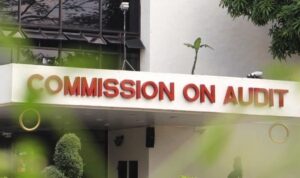




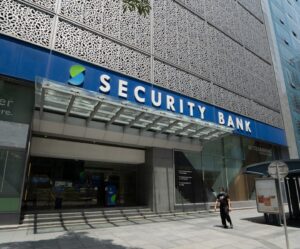
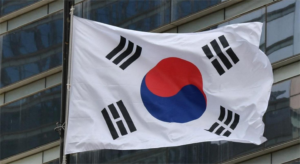
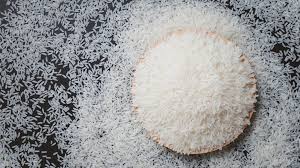
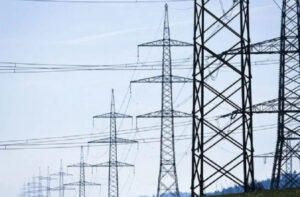




Comments are closed for this article!